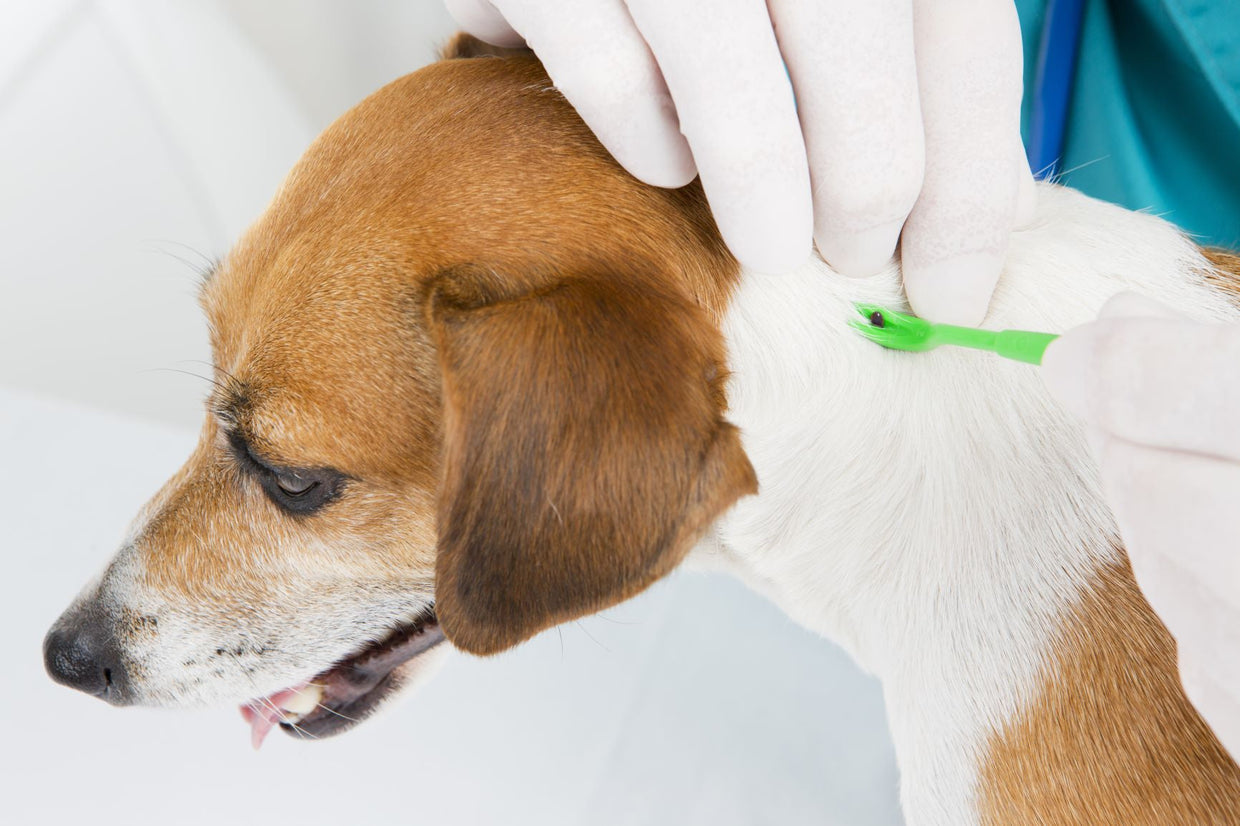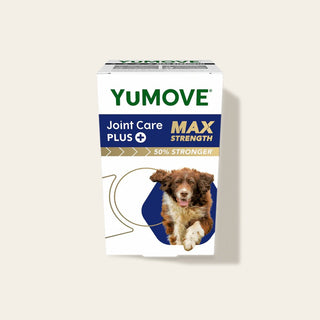

How to remove a tick from a dog
Let’s talk dog ticks. They’re sometimes difficult to spot and uncomfortable – not to mention potentially dangerous – for your pet, so it’s important to be clear on what to do if you find one. Here’s all you need to know…
What are ticks?
Ticks are small, spider-like parasites, usually reddish-brown in colour. They can cause certain health concerns, but they’re usually harmless and can be removed with ease if you know what you’re doing!
How does a tick get attached to a dog?

It’s all thanks to the tiny hooks found on ticks’ legs that they attach to the dog before beginning to feed. Contrary to popular belief, ticks can’t jump or fly but will simply latch on as a dog passes by. For this reason, they tend to be found lurking in long grass.
Ticks can be as small as the head of a pin at first, so it’s crucial to really check your dog over often – especially if they’ve been in areas where ticks are common. Ticks tend to attach to the head and neck, but they can be found all over the body – including inside the ears. They get bigger after a few days, which is when most people spot them.
How to prevent ticks in dogs
- Keep any grass in your garden and around your home nice and trim – ticks love long shrubs to hang onto
- Avoid tick breeding grounds in the summer months, such as moorland and woodland – stick to pathways instead
- Check to see if your dog’s flea and worming treatment also protects against ticks – if not, ask your vet for one that does
- Invest in a tick-repellent spray
- Consider a tick-repelling collar
What to do if you spot a tick

It’s important to remove a tick as soon as possible to prevent infection. You’ll need a special tick tool to do so, and you should only attempt it if you feel confident. If not, visit your vet for assistance. Here’s what to do:
- Wash your hands with soap
- Tool under the head of the tick, getting as close to the surface of the skin as possible
- Follow the tick remover tool instructions, ensuring that the whole tick is removed.
- Dispose of the tick (ideally in a sealed bag) and clean the area with warm water, a cotton pad and some saline solution
As a watch-out, ignore any ‘traditional’ removal methods you may find listed online, such as burning ticks off or drawing them out with Vaseline. The only way to properly extract them is as we’ve described above.
Want more tips about keeping your dog safe and happy this summer? Check out our guide on how to settle your dog when travelling somewhere new, and promote good skin & coat health with our range of skin & coat supplements for dogs.



